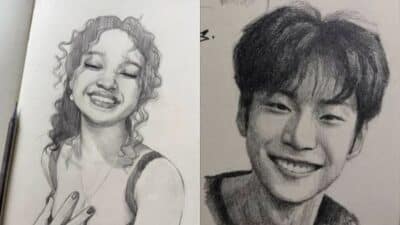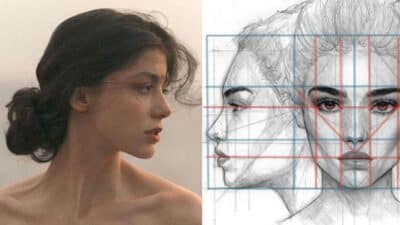Drawing expressive portraits means showing the emotions and personality of the person through their face. To do this well, the artist focuses on capturing key facial features, using strong lines, and playing with light and shadow to bring the portrait to life. This approach helps the portrait feel real and full of feeling, rather than just a simple face.
Many artists find that loosening up with quick sketches or trying different techniques like blind contour drawing helps express emotions better. Paying attention to the structure of the face and getting the proportions right also makes a big difference in creating believable expressions.
By practicing these skills regularly, anyone can learn to make their portraits more expressive and interesting. The process is about observing carefully and connecting with the emotion behind the face, not just copying what is seen.
Foundations of Expressive Portraits
Drawing expressive portraits starts with knowing how faces are built, where important features sit, and how small movements change emotions. These basics help artists show feeling and personality in their work with accuracy and life.
Understanding Facial Proportions
Facial proportions are the measurements that show how features relate to each other on the face. For example, the eyes usually sit halfway down the head, and the bottom of the nose is about halfway between the eyes and chin. Knowing this helps keep a face looking realistic.
Artists often use simple guides like dividing the face into equal parts or marking lines for the eyes, nose, and mouth. These lines act like a map for placing features. When proportions are off, the portrait can seem less believable.
Practicing these measurements gives an artist confidence to adjust features later. Changing proportions slightly can express age, emotion, or character without losing likeness.
Key Facial Landmarks
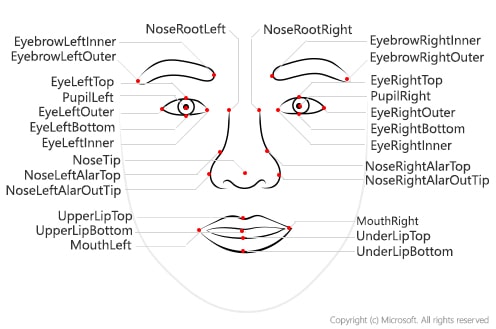
Facial landmarks are spots like the corners of the eyes, tip of the nose, or edges of the lips. These points help anchor the drawing and keep features in the right place.
Important landmarks include:
- Inner and outer eye corners
- Base of the nose
- Mouth edges and center
- Chin tip
- Eyebrow arches
These points guide the overall shape and help show subtle expressions. For example, a raised eyebrow or an upturned mouth edge changes the mood of the portrait.
Marking landmarks early helps the artist adjust details while keeping the face balanced and recognizable.
Gesture and Movement
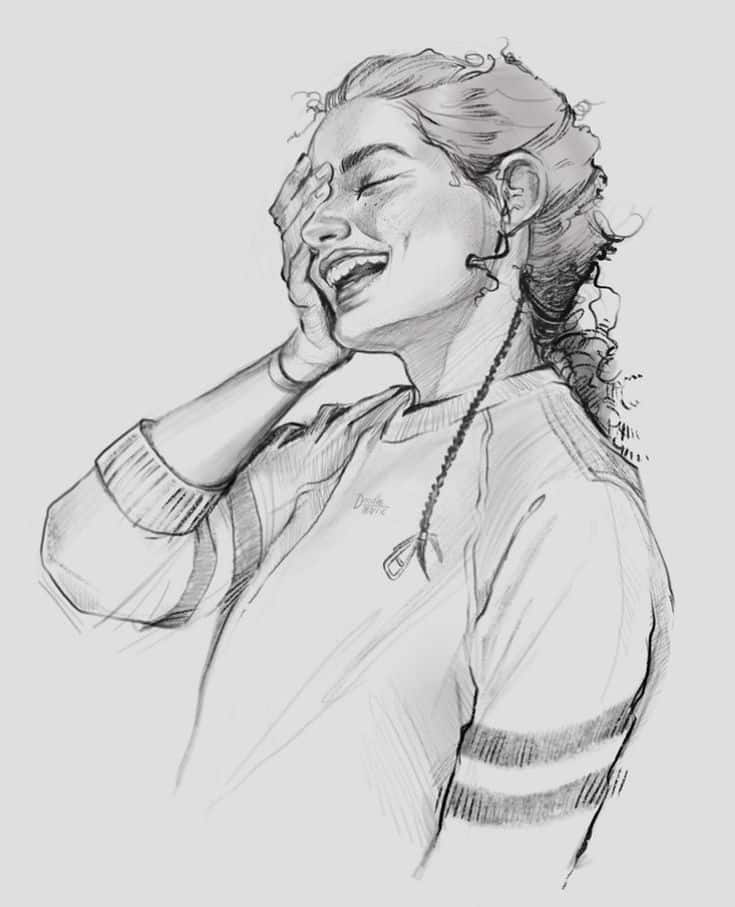
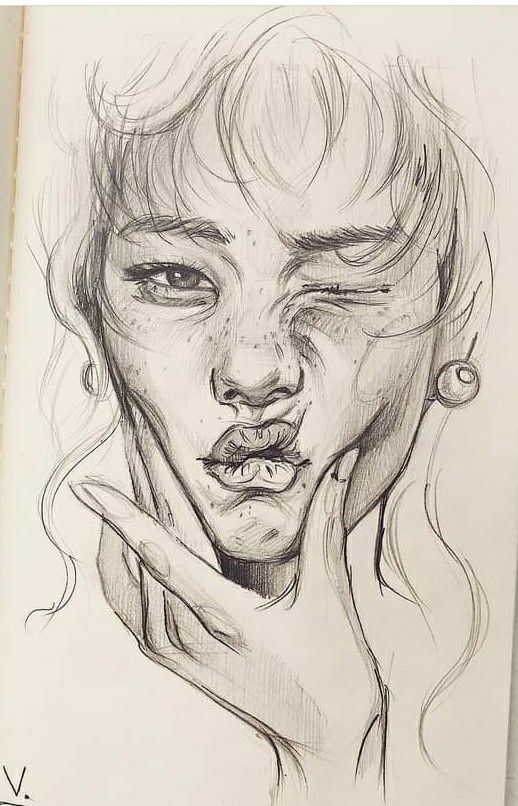
Expressive portraits capture more than static features—they show feelings through tiny motions and posture. Gesture means the overall flow and energy in the face’s shapes.
Small shifts in the eyes, mouth, or brow can change a look from happy to sad or calm to angry. Artists observe these small movements carefully and use loose lines at first to catch the face’s rhythm.
A quick sketch capturing gesture helps the final drawing feel alive, not stiff or flat. Gesture also includes head tilt, neck position, and how tense or relaxed muscles appear, all adding to the story a face tells.
Capturing Emotion and Expression
Capturing emotion means focusing on key facial features that show feelings clearly and naturally. Paying close attention to how the face changes with different emotions creates a strong connection between the portrait and the viewer. The eyes, mouth, and overall expression work together to tell the story.
Analyzing Facial Expressions
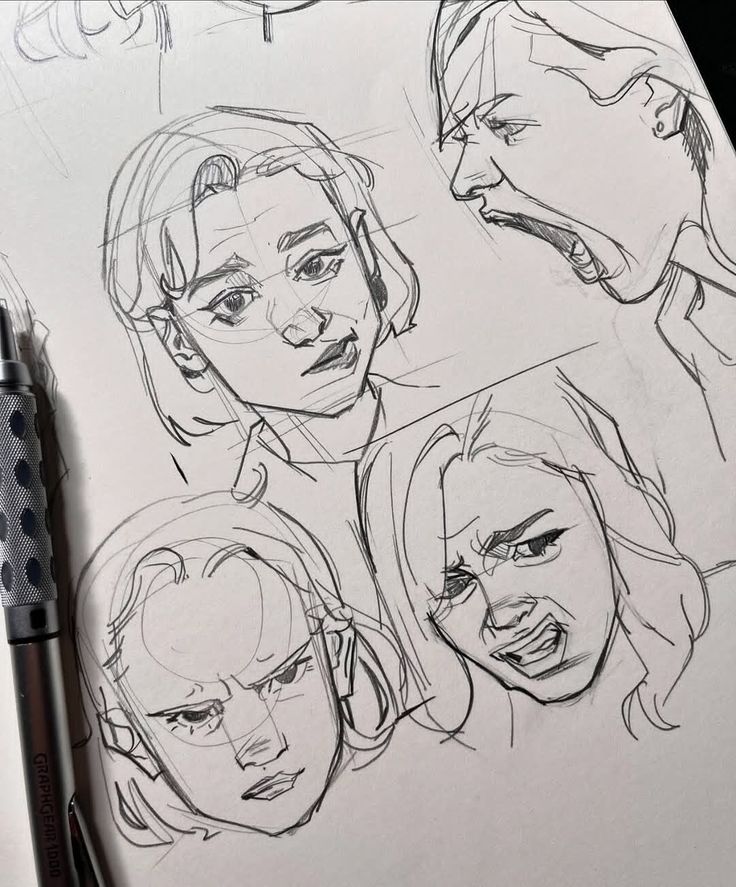
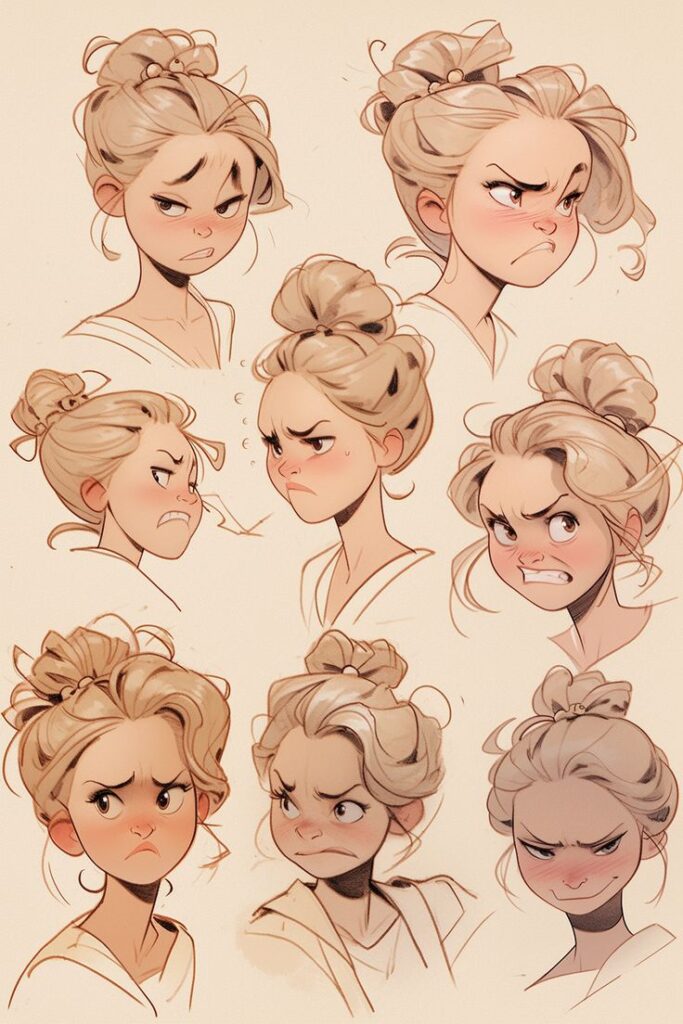
Facial expressions are made up of changes in muscles around the eyes, mouth, and forehead. Each emotion, like happiness or anger, changes these parts in specific ways. For example, raised eyebrows and wide eyes can show surprise, while furrowed brows and tight lips suggest anger.
It helps to study real faces or photos to understand these muscle movements. Artists often simplify these changes into clear shapes or lines to show emotion without extra details. Small shifts in eyebrow angle or mouth curve can make a big difference in how the emotion reads.
Drawing Eyes with Feeling
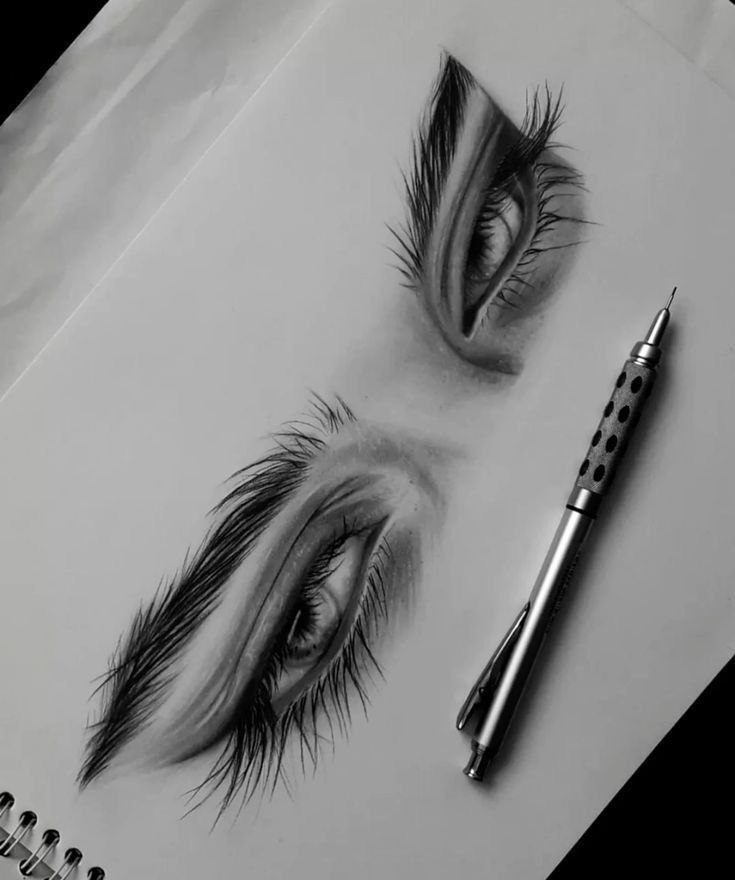
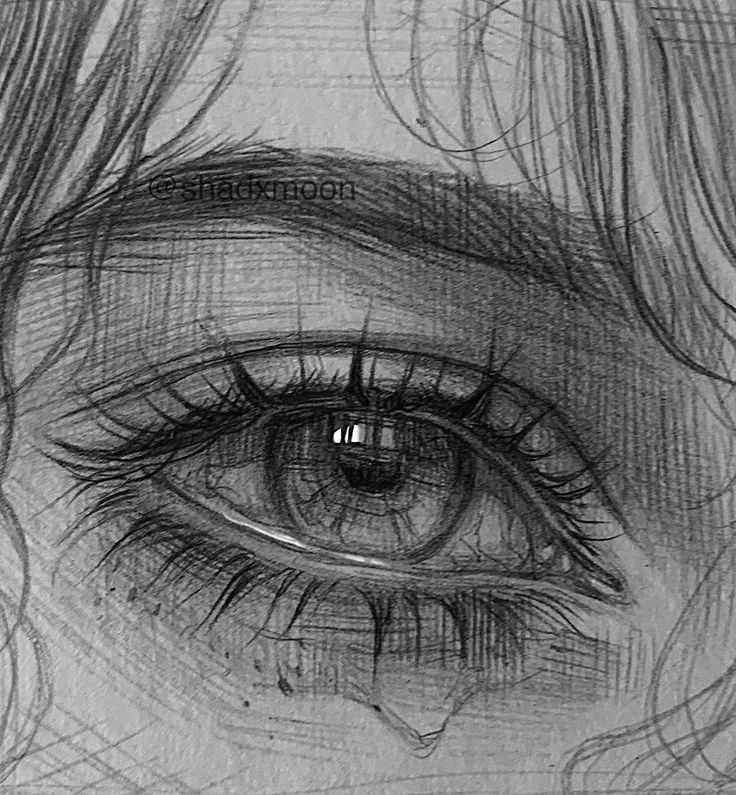
The eyes are often called the windows to the soul because they show so much emotion. The shape of the eyelids, the position of the eyebrows, and the size of the pupils all matter. Wide eyes with raised eyebrows can show shock or fear. Soft, relaxed eyes often show calm or sadness.
Adding details like light reflections in the eyes can bring life to the portrait. Shadows under the eyes also add realism and depth. Eyelashes and subtle wrinkles help express age and mood, making the emotion feel more believable.
Expressive Mouth and Lips
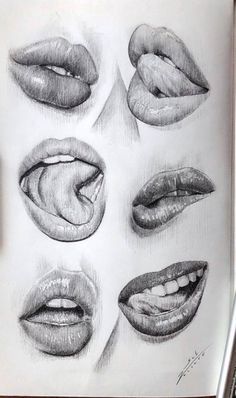
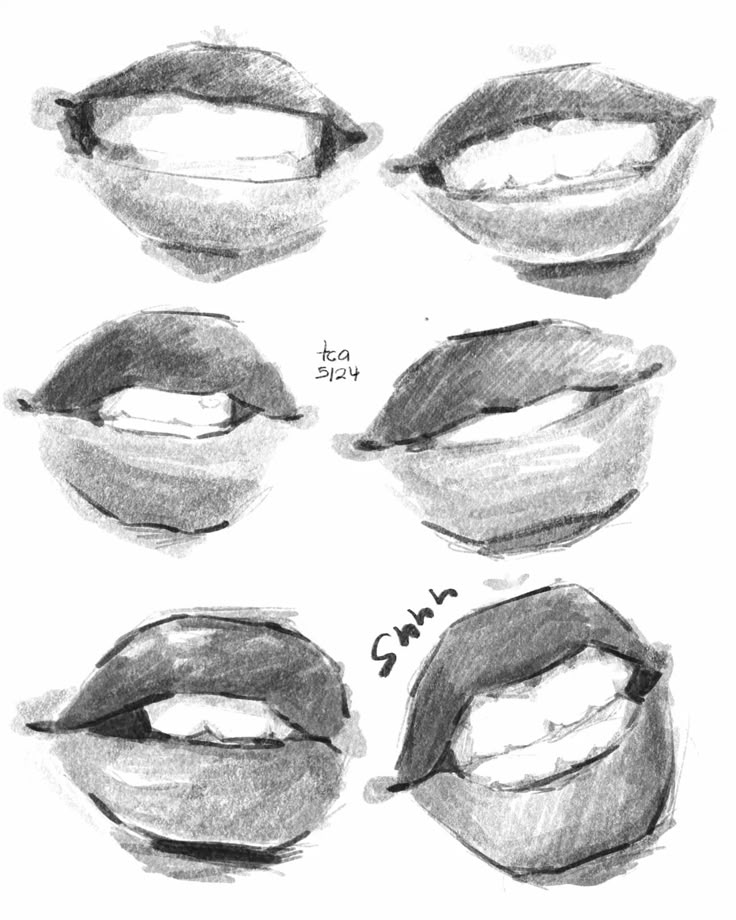
The mouth shows a wide range of emotions by its shape and position. A smile lifts the corners of the lips and often reveals teeth, signaling happiness. A frown pulls the lips down, showing sadness or displeasure. Slight parts or tightness in the lips add nuance to expressions like surprise or anger.
Watching how lips move in different emotions helps artists draw them clearly. Shading around the lips and subtle lines between the mouth and nose also enhance expression. Even when the mouth is closed, small changes in tension can speak volumes about the feeling being portrayed.
Techniques for Dynamic Features
Drawing expressive portraits means paying attention to how light, line, and texture bring life to faces. Using shadows properly, changing line styles, and adding skin details can turn a flat image into one full of feeling and realism.
Creating Depth with Shadows
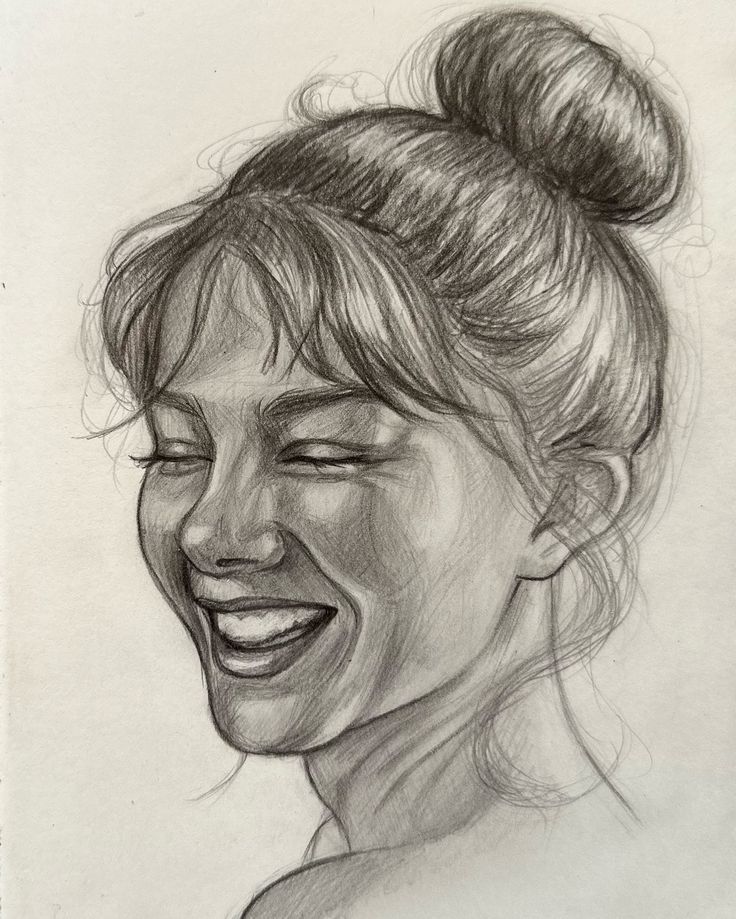
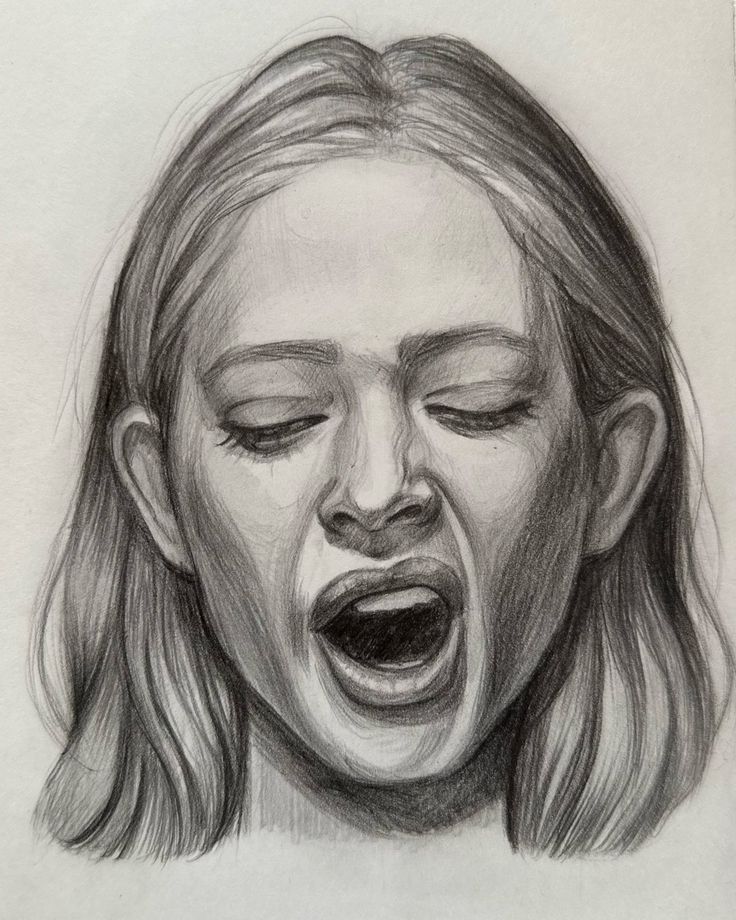
Shadows help show the shape and form of the face. Artists place shadows under the cheekbones, around the nose, and under the chin to give a three-dimensional look.
Using soft gradients for gentle curves and sharp contrasts for hard edges creates variety. This contrast makes features like the eyes or lips more noticeable and expressive.
It’s important to observe where the light source is. Changing the shadow’s angle can show different moods or emotions. Shadows can make the face look calm, tense, or thoughtful depending on their placement.
Varied Linework for Energy
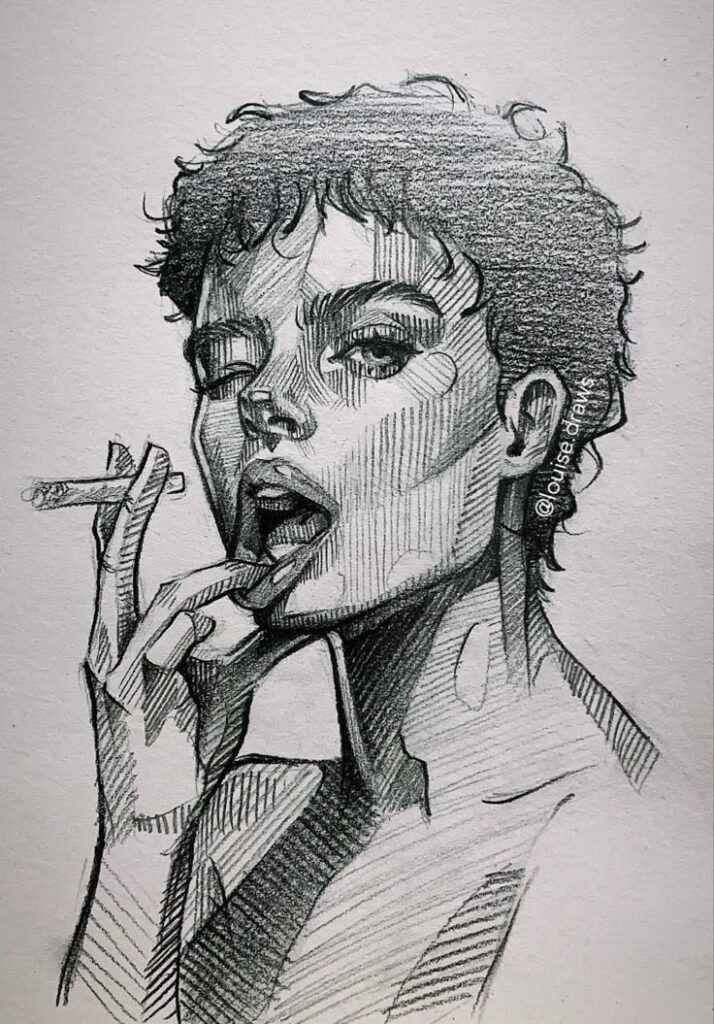
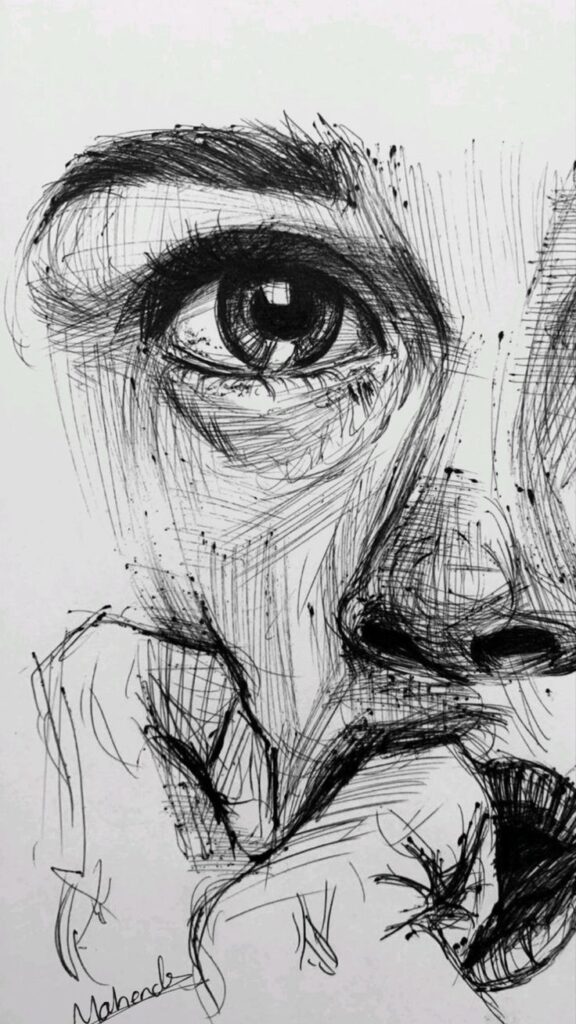
Line style affects how lively a portrait feels. Using thick, bold lines creates strength, while thin, broken lines add delicacy and movement.
Artists often mix smooth, confident strokes with sketchy, loose lines. This mix gives a natural, energetic vibe to the drawing.
Changing line weight, such as making the outline darker than inner lines, also adds depth. It guides the viewer’s eye to important features like the eyes or mouth, which are key for expression.
Texture and Skin Details
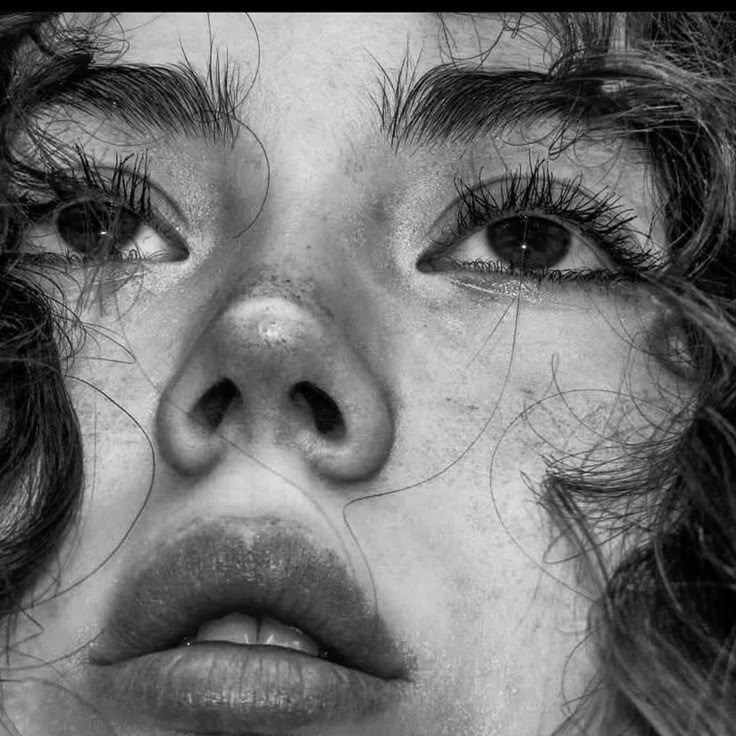
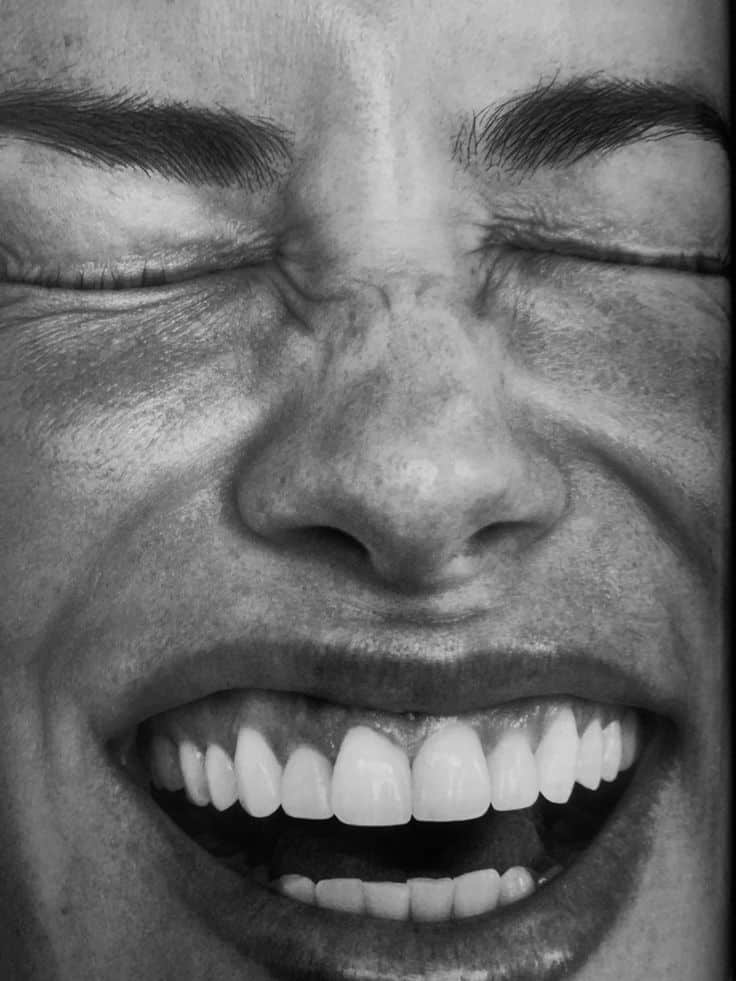
Texture adds realism and character to the face. Including small details like wrinkles, freckles, or pores makes the portrait feel alive.
Using tiny dots or short strokes can imitate skin texture. Soft blending or cross-hatching helps smooth out areas like cheeks or foreheads.
Artists should avoid overdoing details. Too much texture can distract, but the right amount enhances emotions and personality in the face.
Working with Reference and Imagination
Using reference photos and drawing from imagination are two key ways an artist can create expressive portraits. Each method offers unique tools for capturing emotions and details, and knowing how to balance both can improve the depth and feel of a portrait.
Choosing Effective Photo References
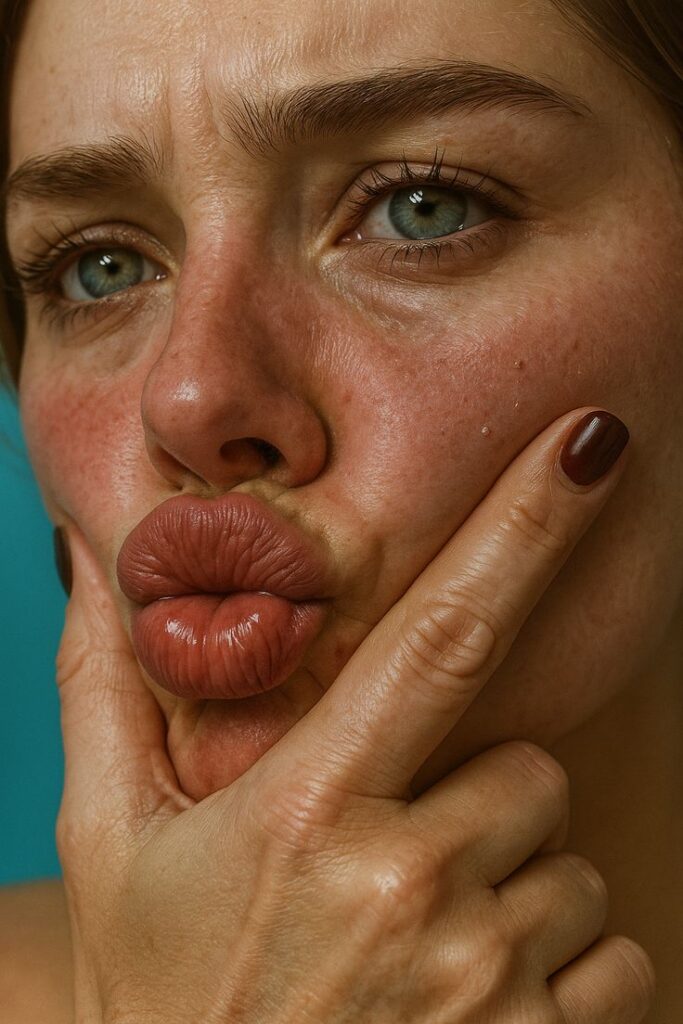
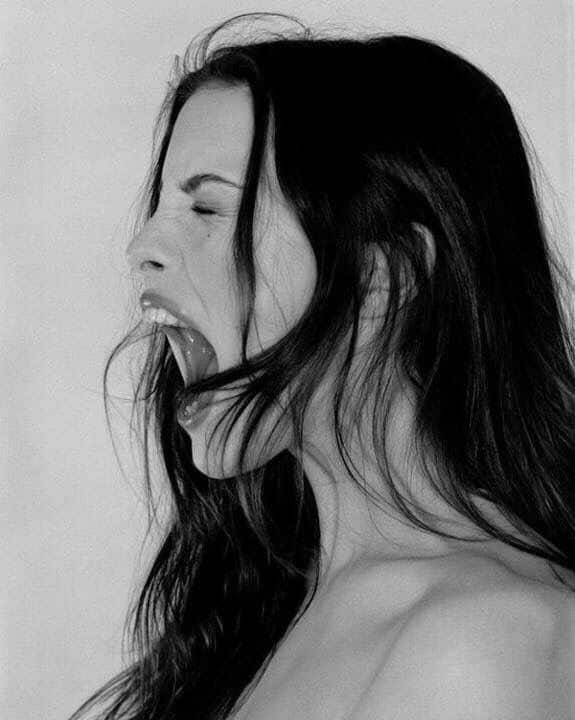
Good photo references show clear emotions and interesting facial expressions. Photos with strong lighting help define shapes and shadows, making it easier to show mood.
It’s best to pick images with sharp details of the face and eyes. This helps the artist focus on subtle expressions that make the portrait feel alive.
Using multiple photos of the same person from different angles also builds understanding of their features. This allows the artist to create a more accurate and expressive drawing.
Drawing from Life
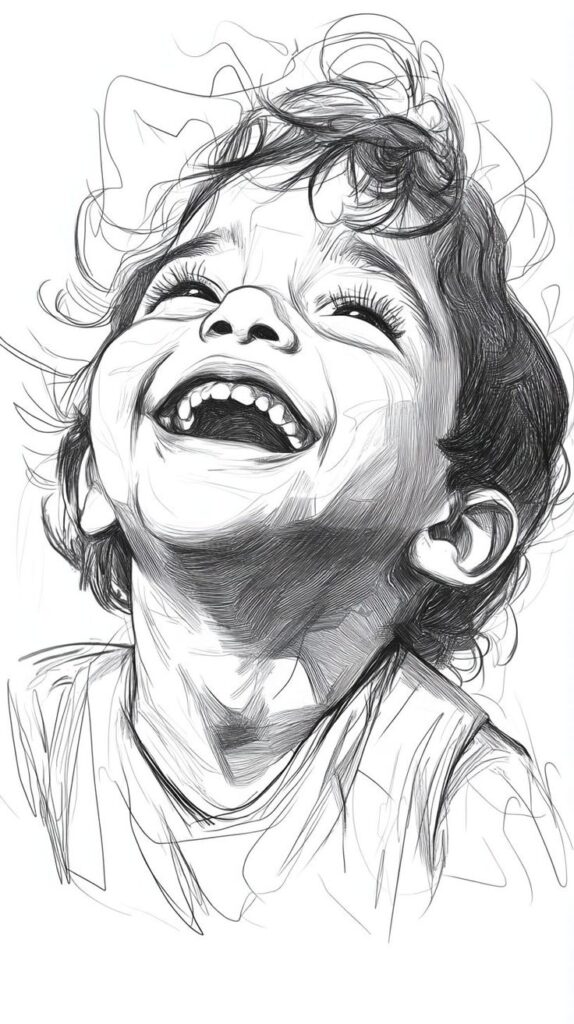
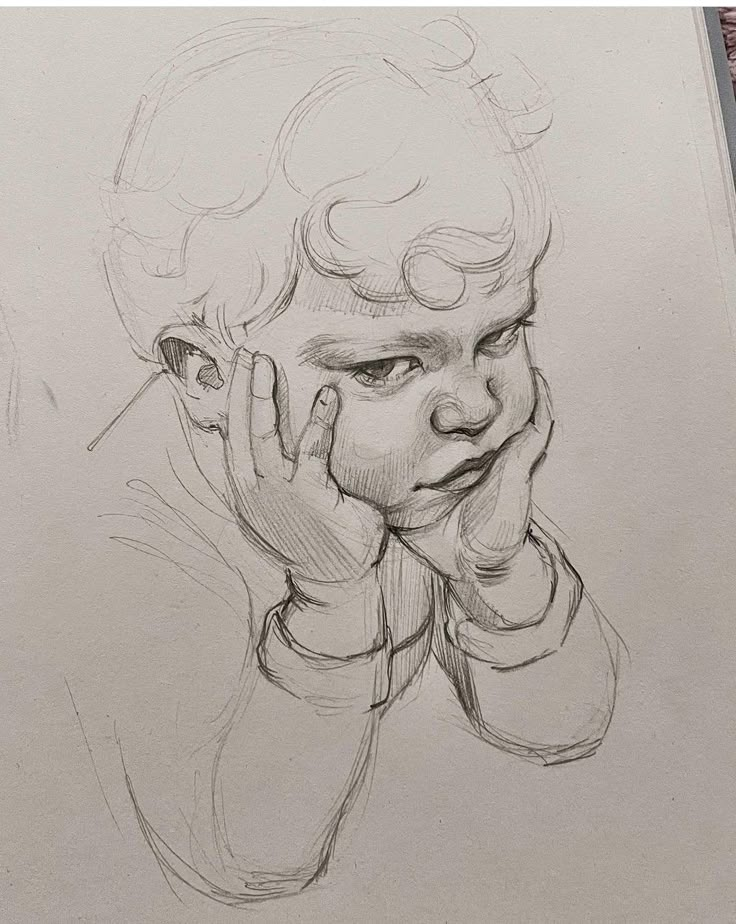
Drawing from life means working with a real person or a live model. This practice helps develop observation skills by noticing how light changes and how expressions shift over time.
It encourages artists to capture fleeting emotions that photos can’t always show. Sketching quickly helps learn to simplify and focus on key features and feelings.
The direct connection with the subject often brings energy and authenticity to the work. Artists get used to adjusting their drawing as expressions and poses change naturally.
Imagination and Stylization
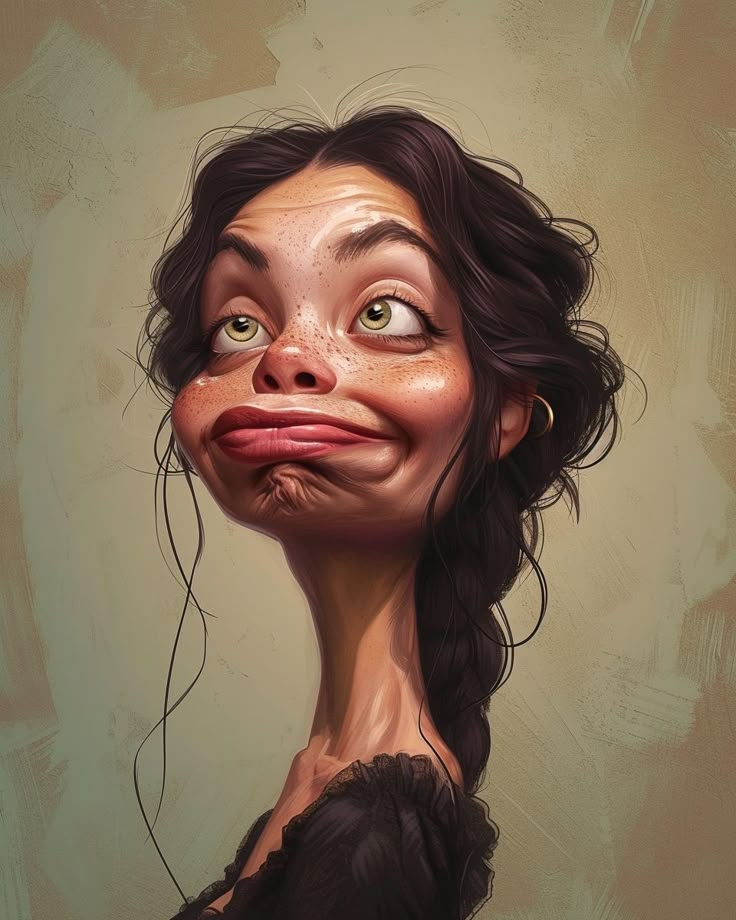
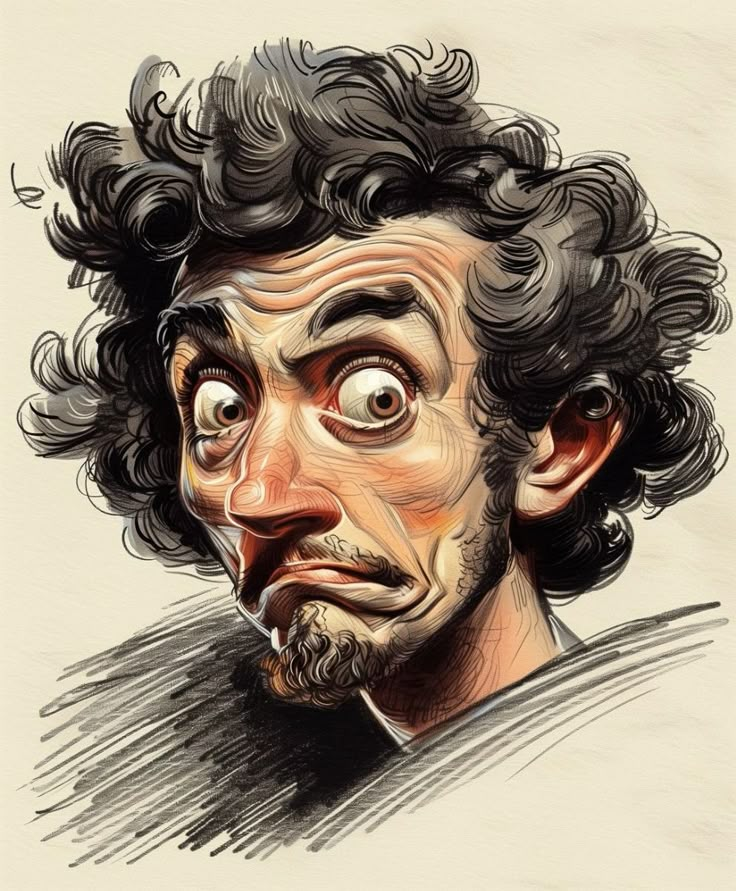
Using imagination allows artists to combine what they know about faces with creative choices. This often results in portraits that express feelings beyond what a real photo might show.
Stylization means changing or exaggerating features to highlight emotion. For example, emphasizing eyes or mouth shapes to make an expression stronger.
To draw from imagination well, artists should study facial proportions and expressions first. Then they can mix real observations with personal style to make unique, expressive portraits.
Refining and Developing Your Portraits
Developing a portrait takes patience and careful attention. It involves adding layers to create depth, fixing errors to improve accuracy, and applying final details to bring the image to life. These steps help the portrait feel more real and expressive.
Layering for Depth
Layering is key to making a portrait look three-dimensional. Artists start with light, loose marks to block in shapes and basic shadows. Then, they build up darker tones gradually, adding more details with each layer.
Using different pencil grades or charcoal hardness helps vary the texture and depth. Soft materials create smooth shadows, while harder ones add fine lines.
It’s important to allow early layers to dry or settle before adding more. This prevents smudging and keeps the portrait clean.
Correcting Mistakes
Mistakes are part of the process and fixing them improves the portrait. Artists often use a kneaded eraser to gently lift unwanted marks without damaging the paper.
Measuring proportions again helps catch errors in facial features or shapes. Drawing grids or light guidelines can assist in accurate placement.
If a line is too dark or out of place, it can be softened with blending or erased carefully. Sometimes, stepping back lets the artist see what needs adjustment more clearly.
Final Touches and Presentation
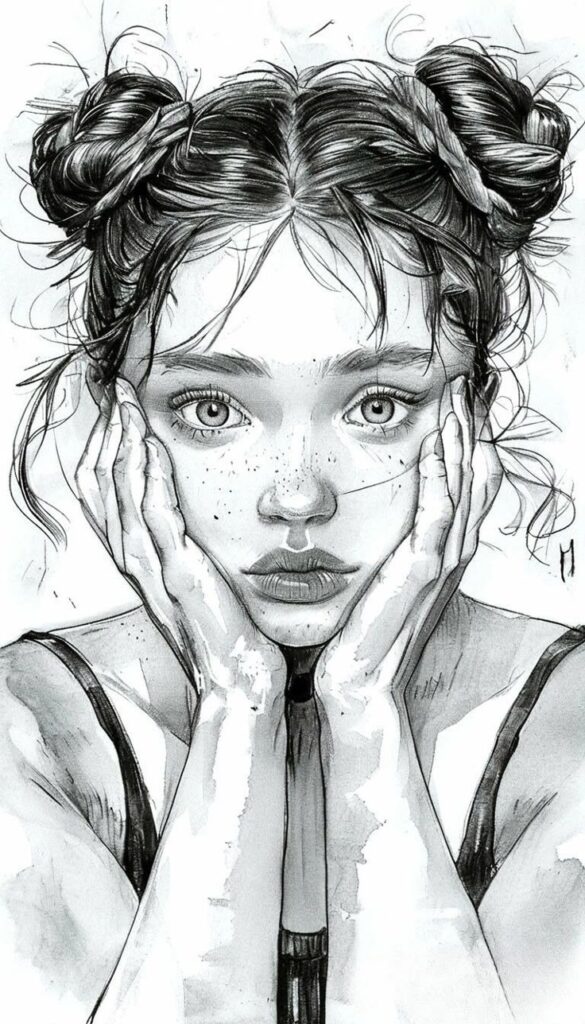
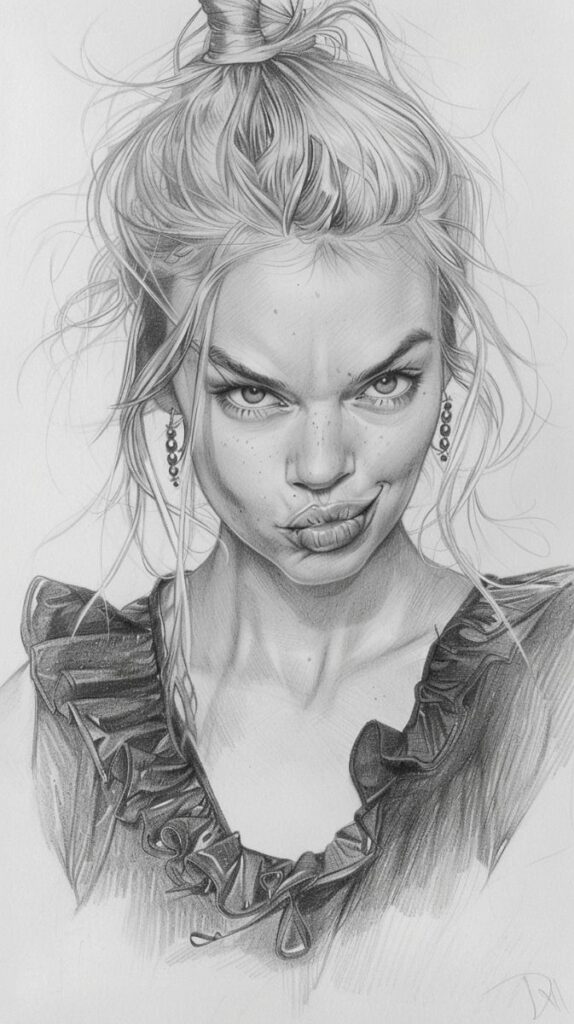
Final touches make the portrait stand out. Artists add highlights by lifting graphite or charcoal with an eraser or by applying white chalk or pencil for contrast.
Small details like eyelashes, freckles, or hair strands add realism and character. Varying the pressure on the pencil at this stage helps create lively textures.
When finished, the portrait should be protected with a fixative spray to prevent smudging. Mounting or framing it neatly also improves how it is presented.
- 0shares
- Facebook0
- Pinterest0
- Twitter0

